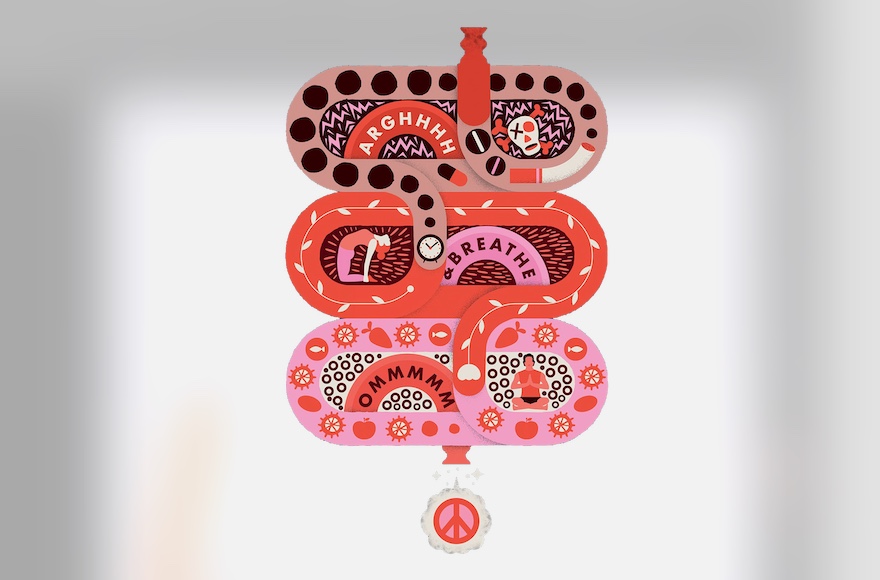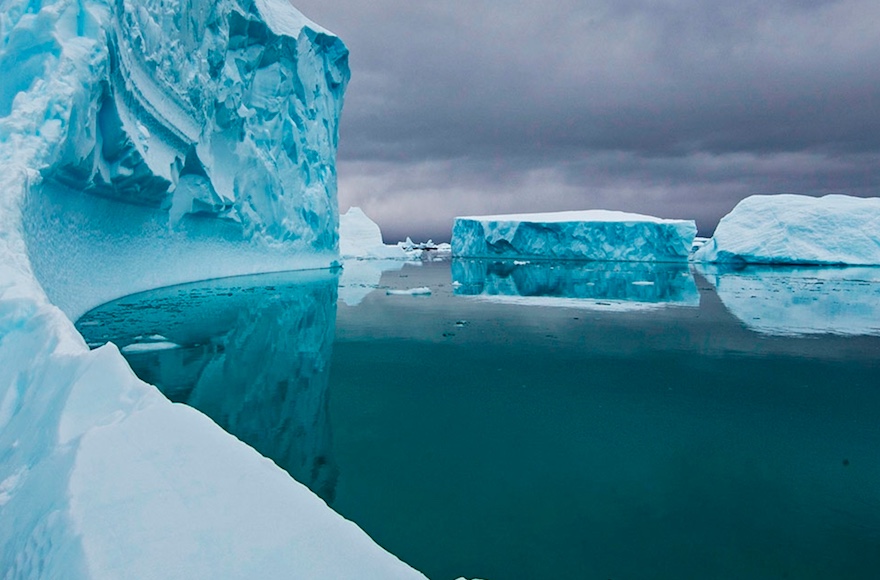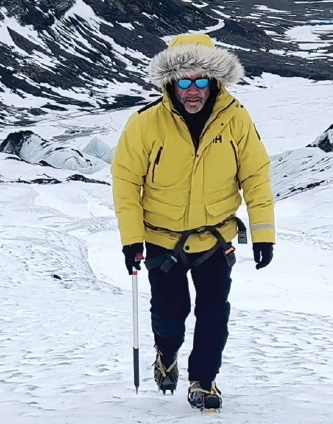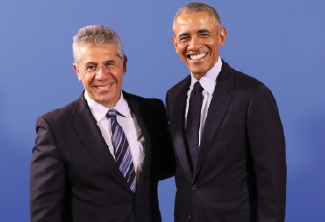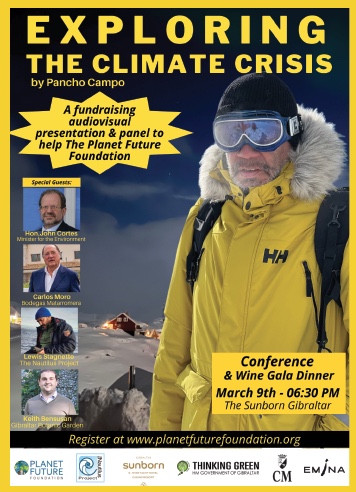Spring into Wellness
As we head into spring, leaving behind those colder, shorter days, some of us may feel as if we are still in hibernation, and just as we spring clean our homes now is a great time to spring clean our mind, body and soul. Spring is the season when temperatures start to rise and the flowers start to bloom, so get rid of those cobwebs in your mind and take some time out for self-care.
Maybe you are suffering with Seasonal Affective Disorder (SAD), a condition that can be associated with a decreased activity of serotonin, a brain chemical responsible for the regulation of mood and considered a ‘happy hormone’. Scientists are yet to understand the true cause of SAD, but research has raised several possibilities, and a lack of sunlight exposure is directly associated with Vitamin D synthesis within our bodies, and this plays an important role in serotonin levels in our bodies.
Exercise
If you want to brush off those winter blues, there are many things that you can do to get you back to your old self, and one of those is exercise.
Research has shown that exercise works wonders in alleviating the symptoms of depression due to the release of endorphins, serotonin, and dopamine, all hormones that are associated with mood regulation. Regular exercise also has the potential to improve your sleep and give your self-esteem a little boost, helping you combat those winter blues in more ways than one. Every little bit counts, so whether it’s a 15-minute walk outside, an indoor treadmill, or something more demanding, you’re on the way to finding a routine that works!
Joints, Bones & Muscles
With longer days and lighter evenings ahead, we can make the most of the new season by being more active outdoors again. Whether you’re running a marathon or simply going for a walk. Look after your joints with Jointace Collagen, developed by Vitabiotics nutritional experts and available from Holland & Barrett Gibraltar. These tablets provide a unique combinations of trace minerals, vitamins and nutrients, ideal for those with an active life, in sport or in later life.
Spring Clean your Gut
70% of the immune system is located in the gut, so a balanced gut is the key to optimal wellness. The gut, also known as the gastrointestinal tract, is a long tube that starts at the mouth and ends at the back passage. One of the best ways to support a healthy internal balance is by adding more probiotics and prebiotics to our daily diet. Holland & Barrett Mega Potency Acidophilus Capsules combine approximately 3 billion bacterial cultures per capsule, providing an additional source of the micro-organisms that are naturally found throughout the digestive system. These mega potency rapid release capsules support gut health.
Recent research suggests there is strong a link between the brain and the gut – otherwise known as the “the gut-brain axis” – and when your mind is out of balance, everything can get just that little bit more challenging. H&B Tribiotic, is one of Holland & Barrett’s most advanced Biotic Gut Health range. Holland & Barrett Tribiotic Mind Balance is a pre-, pro- and post-complex which contains a clinically studied blend of 6 specially tailored bacteria strains, with added Ashwagandha, a natural herbal supplement which may support mental relaxation and contributes to general wellbeing, and Vitamin B12, which contributes to normal psychological function.
Eat Well, Feel Well
A diet rich in nutrients can help boost your mood and energy levels, maintain your weight and keep you from giving in to those tempting sugar cravings. Include plenty of protein, fresh fruit and vegetables – especially those rich in vitamin D, such as oily fish, egg yolks and red meat. Vitamin D supplements such as Holland & Barrett Vitamin D3 100UG are a good option if you aren’t getting enough vitamin D in your diet and provide immune support, as well as bone and muscle support.
Healing Honey
Spring is the ideal season to adopt new habits, and swapping sugar for Manuka Honey, known for its healing properties and its ability to fight bacteria and, potentially, viruses too, is no hardship. Often described as a ‘superfood’, Manuka honey is up there with the best because of its antibacterial, anti-inflammatory and antioxidant properties. A spoonful of Manuka honey, whether straight from the spoon or stirred into your morning cuppa, can benefit your well-being. Manuka Pharm’s 100% genuine New Zealand Multifloral Manuka Honey from Holland & Barrett offers wide ranging benefits in every mouthful, thanks to an MGO (methylglyoxal, the naturally occurring compound that makes Manuka honey so unique) of 70. Manuka honey is produced only in New Zealand, where keepers set up hives in wild areas filled with Manuka bushes.
Social Interaction
It’s extremely important to keep the good times going and live like it’s a different season. Spending time with your friends can help relieve stress, give you a sense of belonging and improve your well-being. Meet them for a coffee, movie or lunch, talk to them on the phone or do something together online, if you need to strike that balance between alone time and social interaction. Bring that fun – and sense of normalcy – back to remind you how great life can be.
Advisory Information:
Food supplements must not be used as a substitute for a varied and balanced diet and a healthy lifestyle. If you are pregnant, breastfeeding, taking any medications or are under medical supervision, please consult a doctor or healthcare professional and always read the label before use.








